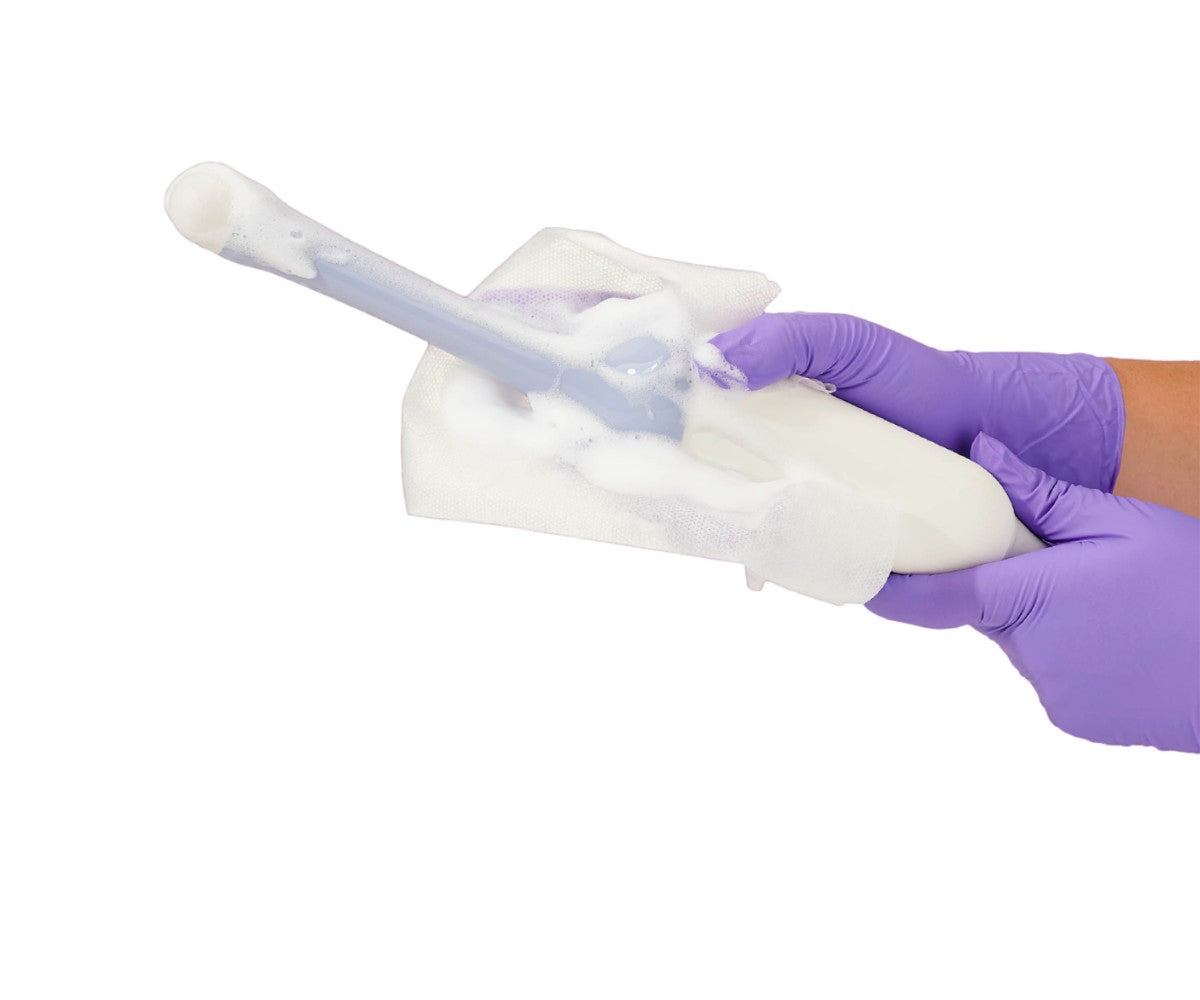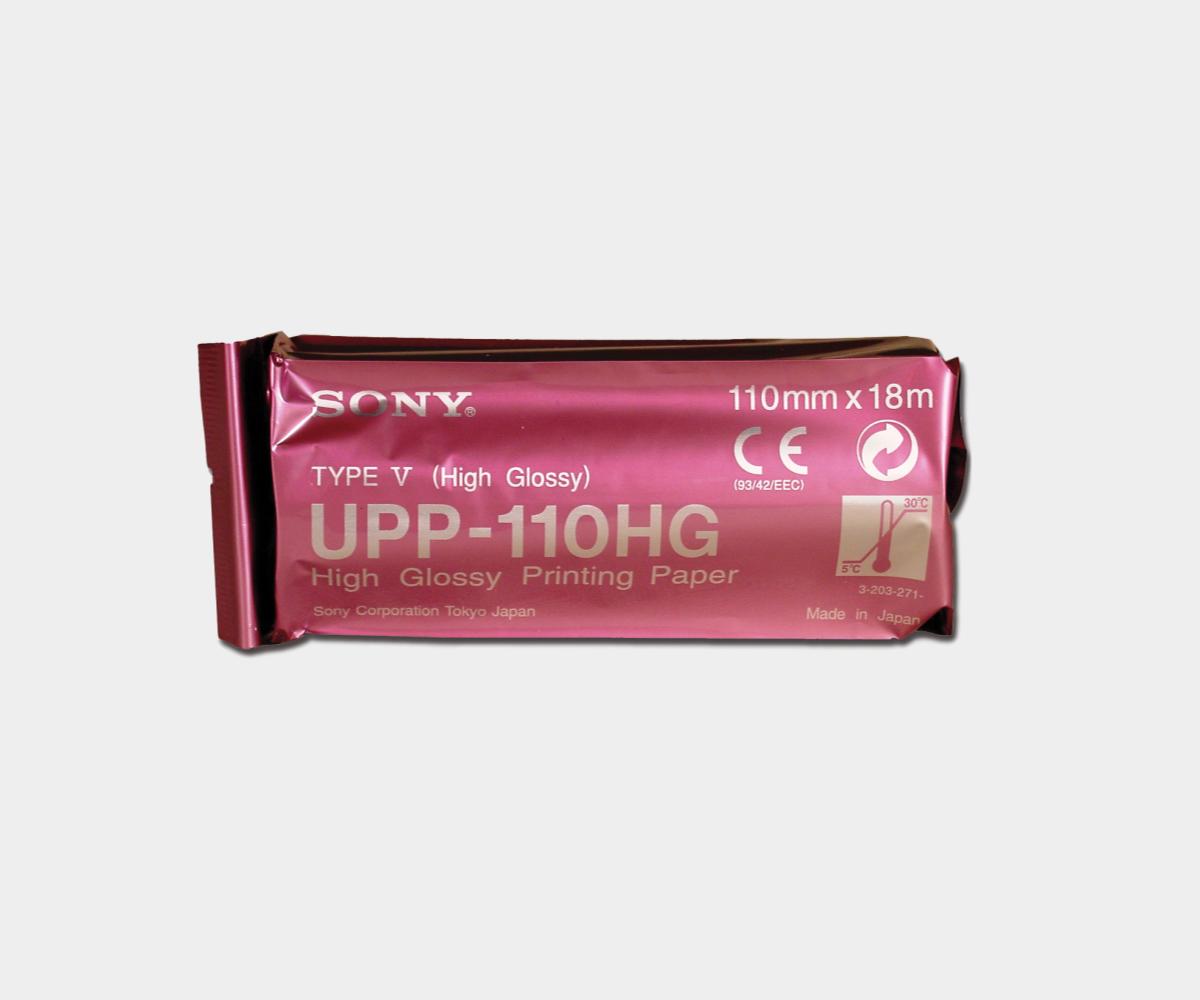The current climate within healthcare has propelled infection control as a top of mind concern, not just for hospitals and interventional settings, but for a variety of practices. From gynecology clinics to medical imaging facilities, administrators and practitioners are seeking ways to keep patients safe. Many times, these practices use a range of equipment in their offices, the majority of which can easily turn into vectors of infection if they are contaminated and come into contact with a vulnerable patient. Thus, equipment drapes are an important part of an infection control protocol which takes into account the danger of surface-to-patient transmission.
Healthcare professionals understand that there is no quick solution to the challenges of infection prevention and control. Instead, it takes a series of steps to reduce the risk of infection. This is because infections can be spread in a variety of ways: mainly via direct, indirect, and airborne contact. By adopting a process-driven approach to infection control, practitioners can maximize patient safety every step of the way.
In sterile environments, the use of equipment drapes is critical. Not only do they serve as a barrier to infection by preventing the patient from coming into contact with the machine, but they also reduce the risk of cross-contamination. This is particularly true in surgical settings where blood and other bodily fluids could damage and contaminate nearby equipment if left uncovered. Sterile, single-use equipment drapes have been designed for operating room settings such as these and come in an assortment of sizes and configurations.
Moreover, using equipment drapes in the operating room works to reduce the risk of surgical site infections (SSIs). Accounting for 15% of healthcare-associated infections, SSIs are the main cause of post-surgical morbidity. These infections occur near or in surgical sites and they contribute significantly to surgical morbidity and mortality each year. The Centers for Disease Control and Prevention defines three types of SSIs: superficial incisional SSIs, deep incisional SSIs, and organ/space SSIs. Each type of infection differs in their characteristics, but all can occur within 30 days of the operation.

As barriers to infection, surgical equipment drapes are critical to protecting patients in the OR. They preserve the sterile environment by creating a line of defense between patients and unprepared surfaces. Furthermore, the World Health Organization notes how these equipment drapes also serve to “preserve the sterility of environmental surfaces, equipment and the patient’s surroundings,” which is essential in minimizing the risk of SSIs and keeping the operating room clean.
In addition to surgical and interventional settings, the current pandemic has led other medical practices to begin draping their medical imaging equipment. This is particularly important due to the nature of COVID-19 and the extensive use of medical imaging as a diagnostic tool for the virus. Depending on the availability of equipment, clinicians do not always have the option to set aside an ultrasound transducer or other medical imaging equipment for COVID-19 only use. Therefore, to better reduce risk of infection in these cases, practitioners can drape the machines. It is important to note that equipment drapes do not replace proper cleaning and disinfection, but instead should be used in tandem with these products to maximize patient safety.
Important considerations when selecting equipment drapes
There are common misconceptions surrounding the use of equipment drapes. For example, it is important to note that not all repellant material is impervious. Debra Schotz, vice president of marketing with Cardinal Health’s convertors division, expands on how impervious material differs from simply being repellant, saying, “Impervious means that a fabric is impenetrable by fluids and microorganisms. When fluid contacts a repellant material it beads up, giving the appearance that no strikethrough will occur; however, given enough time, fluid and pressure strikethrough may occur.” Practitioners should consider the materials used to make the drape and choose according to the needs of the facility. For surgical settings, it is recommended that impervious drapes be used to minimize the risk of a strikethrough.
Moreover, there are four additional factors clinicians can take into account when selecting an equipment drape. Brian Wagner, general manager of global surgical solutions with Kimberly-Clark Health Care, says, “According to AORN Standards, Recommended Practices and Guidelines, there are four critical criteria...barrier integrity, linting, flammability, and comfort.” Barrier integrity signifies that drapes must be resistant to penetration by blood and other bodily fluids as these can serve as vehicles for viral transmission. In addition, lint can contribute to the transmission of bacteria. As the operating room setting has the necessary ingredients for a fire, it is important that equipment drapes are made to resist rapid flame spread in case of an emergency. Finally, comfort is an important consideration when selecting drapes, and some drapes are designed for easy insertion which saves the staff time.
Covering your facility's equipment not only protects patients and providers, but also reduces the chance of cross-contamination and damage to your machine. Using sterile equipment drapes in high-risk setting creates a barrier to infection which increases patient safety and reduces the risk of SSIs. Learn more about our comprehensive solutions for infection control here.









